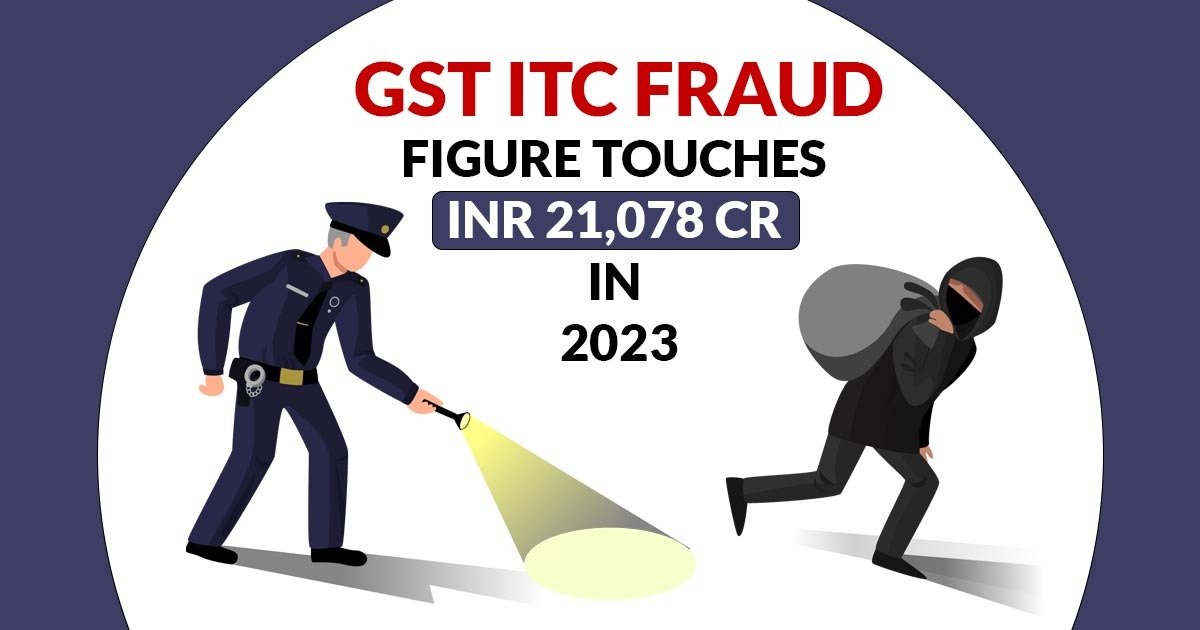P. Swaroop Reddy, J.@mdashThe sole appellant, who was the accused in S.C. No. 569 of 2004 on the file of the learned Special Judge for the trial of offences under SCs and STs (Prevention of Atrocities) Act-cum-VI Additional Metropolitan Sessions Judge-cum-XX Additional Chief Judge, Hyderabad at Secunderabad, was convicted for the offence u/s 376(2)(f) read with 511, IPC and sentenced to rigorous imprisonment for three years and to pay fine of Rs. 100.00 in default to suffer simple imprisonment for fifteen days.
2. The prosecution case is that the accused and the parents of the victim, Lavanya were neighbours at Indirammanagar, Rasoolpura, Hyderabad. On 28-11-2003 between 3.30 and 4.15 p.m., the victim, who was aged five years at that time, went into the house of the accused along with some others for watching T.V. The accused sent away other children and committed rape on the victim, who came home weeping and informed her mother (P.W. 1); there was bleeding from her (victim) private parts. Father of the victim came later. Thereafter, it appears that some efforts were made for compromise, which were not successful. P.W. 2, the victim was taken to hospital for treatment, there on the advice of the medical officer, a complaint was given, on which a case in Cr. No. 446 of 2003 was registered by the Police, Begumpet, investigated and charged-sheet was filed against the accused.
3. The accused pleaded not guilty for the charge u/s 376(2)(f), IPC.
On behalf of the prosecution P.Ws. 1 to 7 were examined and Ex. P-1 to P-15 were marked, apart from M.Os. 1 to 7. Out of these witnesses P.W. 1 is the mother of the victim, who turned hostile. She stated that she never gave any complaint alleging any offence against the accused. P.W. 2 is the victim. P.W. 3 is a panch for the scene of offence, who did not support the prosecution case. P.W. 4 a witness for the alleged confession of the accused also turned hostile; P.W. 5 is the medical officer that examined the victim (P.W. 2); P.W. 6 is the medical officer that examined the accused and certified about his potency and P.W. 7 is the Inspector of Police that investigated the case.
4. Thus, all the independent witnesses particularly the mother of the victim (P.W. 2) turned hostile.
5. The evidence of P.W. 5, who examined the victim is that the clothes were slightly stained with blood on shirt and panty; there were no external injuries on genitalia; except fresh laceration on the anterior wall of anus towards vagina; vagina was congested; Hymen was intact; there were three small lacerations of 0.5 cm x 1 to 2 mm around anus; there were no other injuries on any parts of the body; there were five or six blood stains and four or five seminal stains on the clothes of the victim and smear was taken from vagina and anus and sent to FSL. Ex P-7 is the FSL report and Ex. P-9 is the final opinion of P.W. 5. As per Ex. P-7, spermatozoa were detected on item Nos. 1 and 4 i.e. smears taken from the person of P.W. 2. Ex. P-9, the final opinion of P.W. 5 is that recent sexual assault has taken place. Thus there is no dispute about the victim suffering sexual assault. The question is whether the accused was responsible for the same ?
6. P.W. 1 mother of the victim, as already referred, turned hostile. Now, there remains the sole evidence of P.W. 2, the victim, aged five years. It appears that an attempt was made to win over her; but, being a child witness, she came out with truth. In her chief examination, she stated that one day, while she was watching TV, the accused did not do anything; but, again stated that while she was seeing TV, the accused made her to lie on the ground, despite her protest, put his penis in her anus; she went to her mother and wept; on that all the people quarreled and her father came, who also quarreled; there was lot of pain and later she was taken to the hospital. In the cross-examination, to a question--as to whether the accused did anything, she first said ''NO''; but, again she stated that she was made to lie on the ground, as stated in chief examination. She denied the suggestion that police tutored to state that the accused raped her and that the accused did not do anything to her. This evidence of P.W. 2 clearly shows that the accused sexually assaulted the victim (P.W. 2). As already referred, the medical evidence also clearly shows the same. Thus, on the basis of the evidence of P.W. 2 and the medical evidence; the learned trial Judge convicted the accused for the offence u/s 376(2)(f) read with 511, IPC.
7. The oral evidence of P.W. 2 and the medical evidence shows that the acts of the accused may not constitute an offence u/s 376(2)(f) read with 511, IPC; but they constitute an offence either u/s 377 or Section 377 read with Section 511, IPC.
8. Now the question is with regard to the sentence. The accused is a young boy and at the time of offence he was studying Intermediate first year. They are neighbours. It is reported that still they are living as neighbours. The very fact that P.W. 1, mother of P.W. 2, turned hostile shows that there was compromise between the parties. In such circumstances what sentence could be imposed is the question.
9. In State of M.P. v. Nandu alias Nandlal 2006 (3) SCC (Cri) 111 the accused was convicted for the offence u/s 376, IPC and sentenced to rigorous imprisonment for seven years, apart from fine, by the trial Court and when the High Court reduced the sentence to the sentence already undergone, which was one year and five months, the Apex Court held that the order of the High Court was against statute, as u/s 376, IPC, the minimum punishment prescribed was not less than seven years. The order of the High Court was set aside and the matter was remanded to the High Court of fresh consideration.
10. In Raj Kumar alias Raju Yadav alias Raj Kumar Yadav v. State of Bihar 2006 (3) SCC (Cri) 112 the Hon''ble Supreme Court held that for special reasons there can be sentence of less than the statutory minimum. But coming to the reasons for which the sentence can be less than the statutory minimum, the delay of three days in lodging FIR and want of Medical evidence confirming rape on the victim, were held to be sufficient reasons for reducing the sentence. In that case the sentence was reduced to the period already undergone, which was three and half years.
11. In Ravinder v. State of M.P. 2006 SCC (Cri) 349 the Hon''ble Supreme Court held that in appropriate cases, sentence can be reduced to less than seven years, while reducing the sentence to the period already undergone. The details of the sentence already undergone were not available, but, in paragraph 4 of the judgment, it is observed:
Learned Counsel for the appellant next submitted that the appellant has remained in custody for a period of more than four years, as such the sentence of imprisonment awarded against him should be reduced to the period already undergone. In the facts and circumstances of the case, we are of the view that it is a fit case where sentence of imprisonment awarded against the appellant should be reduced to the period already undergone.
which shows that the sentence already undergone might be (4) years.
12. In Jarnail Singh v. State of Punjab 1998 (8) SCC 629 where the victim was fifteen years old and the accused was seventeen years of age and there was consent of the victim, the Hon''ble Supreme Court observed that "In view of the fact that the offence was a one time act and in view of the young age, the sentence of imprisonment can be reduced to the period already undergone". The period which the accused has already gone was not available.
13. Thus the Hon''ble Supreme Court held that in appropriate cases, the sentence can be reduced to less than the statutory minimum. In fact, the proviso to Sub-section (2) of Section 376, IPC, itself, gives such power to the Court saying that for adequate and special reasons to be mentioned in the judgment lesser punishment can be imposed.
14. Certain instances of special reasons are referred to in the decisions cited above.
15. In this case, as already referred, the boy was aged 19 years, on the date of offence, studying Intermediate first year. The victim was stated to be neighbour and even before trial there was compromise between the parties, on account of which P.W. 1, mother of the victim did not support the prosecution case. It is reported that the parties are neighbours, even now. In such circumstances no great purpose would be served, other than spoiling the future, of the accused and cordial relationship between the families in sentencing the accused to any punishment. In these circumstances, more particularly, in view of the cordial relationship between the parties, even after the incident, I am of the opinion that it is not at all desirable to send the accused back to prison again.
16. As referred to in paragraph 8 of the judgment, the offence that is constituted in this case is one u/s 377 read with 511, IPC.
17. The conviction of the appellant-accused is converted to one u/s 377 read with 511, IPC from Section 376(2)(f) read with 511, IPC. Consequently his sentence of imprisonment for three years is reduced to the period of sentence/detention already undergone, while enhancing the sentence of fine from Rs. 100.00 to Rs. 5,000.00 (Rs. Five thousand only) in default of payment of fine to suffer simple imprisonment for three months. This fine amount of Rs. 5,000.00, includes Rs. 100.00 already imposed by the trial Court.
18. With the above modification in conviction and sentence, the appeal is allowed in part, as indicated.

